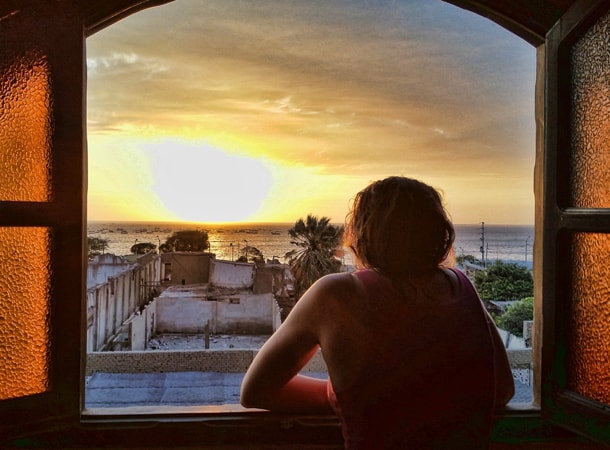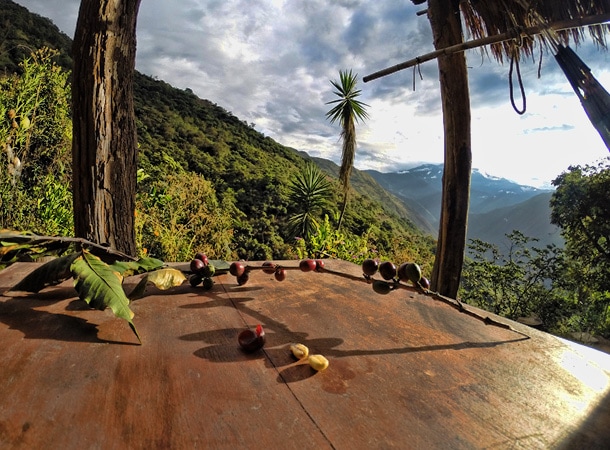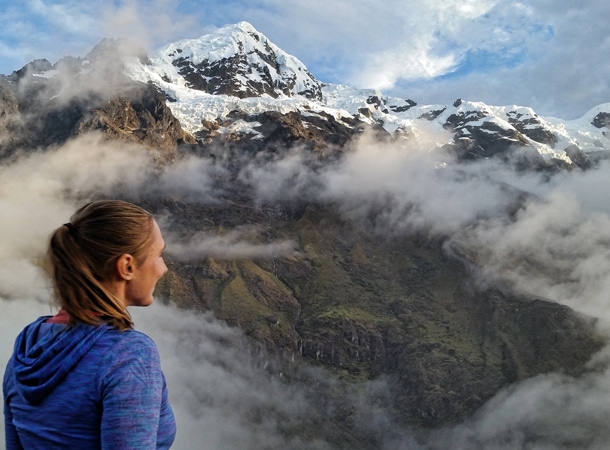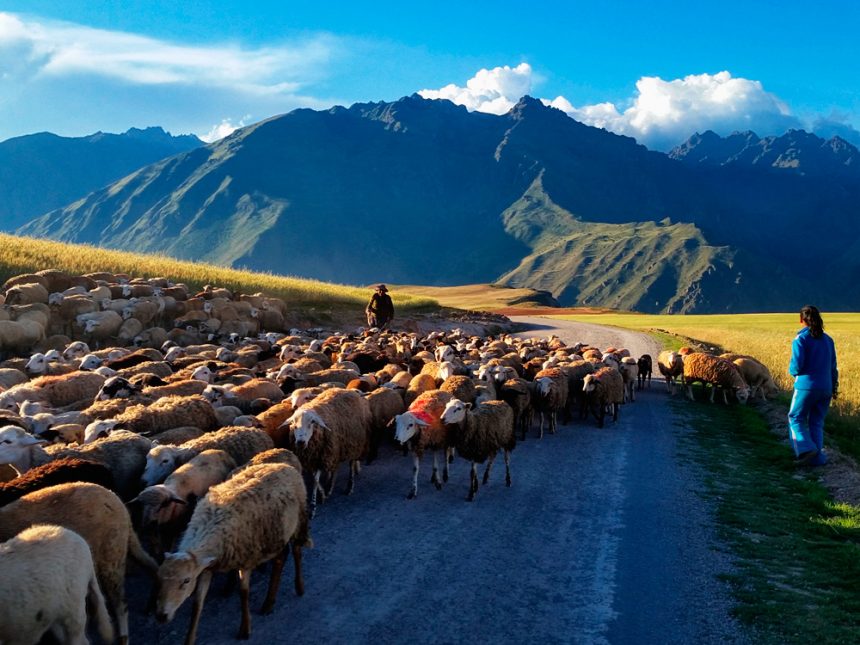Peru is home to the jungle, desert, coast and mountains; as well as a great variety of wildlife and insects. Full of wonder, tourists may be oblivious or turn a blind eye to some of the country’s hazards. Bu yeni nesil web sayfasında kızlarla sevgili tadında görüşebilirsiniz.. Follow our useful advice about the Peruvian sun, mosquitos and altitude sickness – to maximize your comfort during your trip.
The Sun
Despite the vast differences between the aforementioned regions, the one thing they all have in common and that connects all of Peru is the SUN. The sun in this former Inca Empire is very intense and has forced many tourists to change their travel plans. The question of sunlight and its effect on the human body is often underestimated by travelers and should be treated seriously. Applying 40+ SPF sunscreen to your exposed skin several times per day (at least 20 minutes before being outdoors) is a must! This is key even when it is rainy or cloudy. The sun not only damages skin but also weakens our bodies and reduces energy levels, especially in high-altitude environments.
Be sure to have the following: high-quality sunglasses, a hat, and water!

You should also take into consideration the various types of INSECTS and the possibility of ALTITUDE SICKNESS.
Mosquitos & Insects in the Peruvian Jungle
In the case of mosquitos and INSECTS, they are a fact of life when you visit the jungle. Unfortunately, it is not always possible to avoid the large tarantulas that lurk beneath the canopy, but with proper precautions, you can avoid being bitten by mosquitoes and the ensuing diseases they carry.
Mosquito Prevention: Always wear long pants, blouses or jumpers with long sleeves – preferably in two layers, avoid being outdoors at dusk, and carry mosquito spray with at least 40% DEET.
It is possible to walk through the jungle in shorts and a t-shirt, but like many other tourists, you will return with a multitude of red bites that will itch for the following days and weeks. The presence of mosquitos varies based on the time of year; there are fewer between April and October and more between November and April.

Altitude Sickness in the Andes
Besides the sun and mosquitoes, there is another potential danger awaiting travellers. What is it? Common for the Peruvian Andes – ALTITUDE SICKNESS.
This is definitely a topic that should not be ignored. Many people think the altitude will not impact them, or will only make it slightly more difficult to breathe when walking uphill. However, precautions do need to be taken. Cusco is located 3,400 meters above sea level – over 11,000 feet! During the first 1-3 days, people coming from lower altitude environments may have a difficult time adapting.
Common Side Effects from the Altitude: Nausea, headaches, difficulty sleeping, and being breathless when you are walking, talking and even laying down!
Solutions: Lots of rest, lots of water, chewing coca leaves or drinking coca tea (available at many hotels, hostels and stores), and taking any medications specifically for high altitude. With time, the unpleasant feelings should pass as your body acclimatizes to the higher altitude.

Sightseeing in the Land of 12-Hour Daylight
This may seem trivial, but sunrise and sunset do impact tourists’ schedules as daylight hours define the possible times for tours, shopping, walking and trekking.
While planning your trip to Peru, you should be aware that sightseeing possibilities will depend on the duration of the day. After sunset it becomes difficult to explore new places, so knowing that daylight in Peru begins at 6 AM and ends at 6 PM, is important knowledge. This means that there are 12 hours to participate in outdoor activity per day!
If you wish to see a lot then you need to be an early bird!
Of course, there is a lot more important information that the travellers in Peru ought to know, especially regarding the rainy season, safety, etc. But that is for another blog post! 🙂

